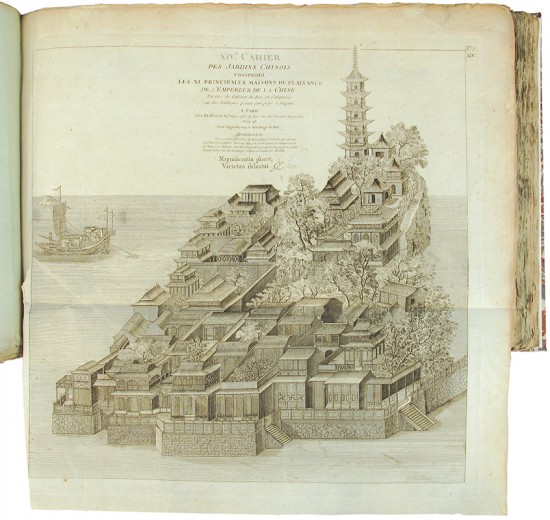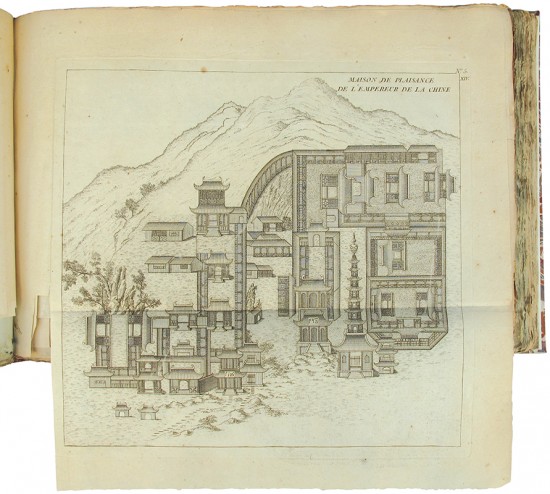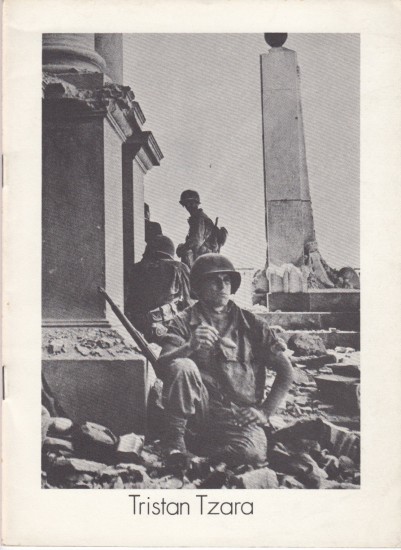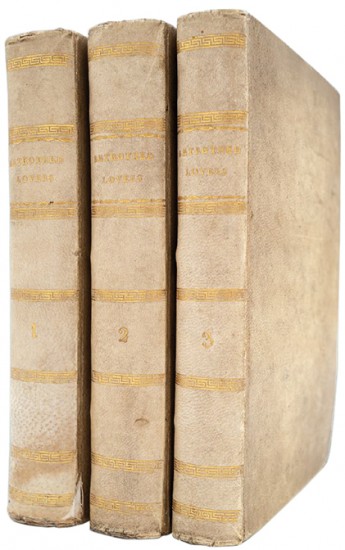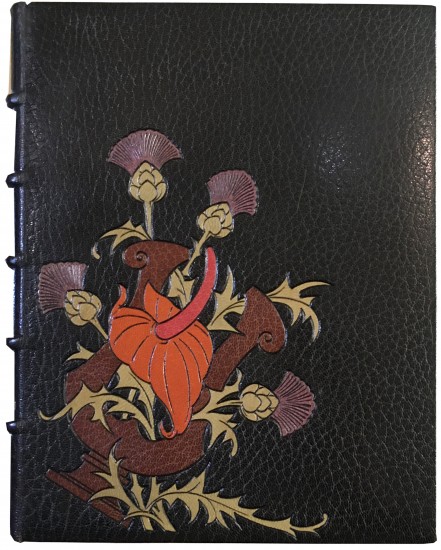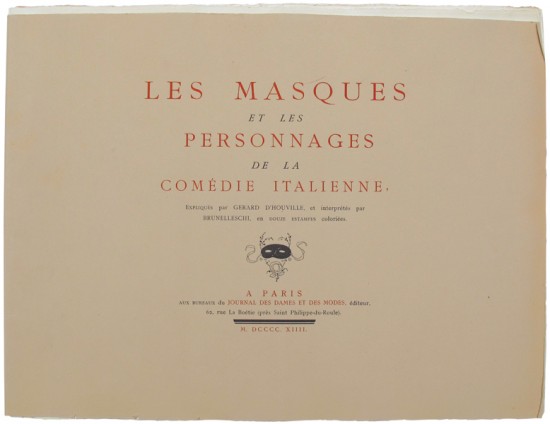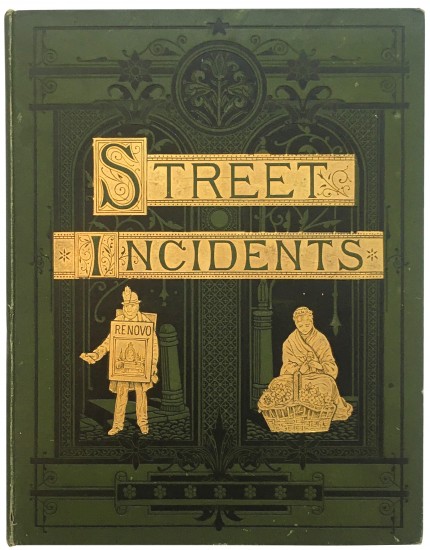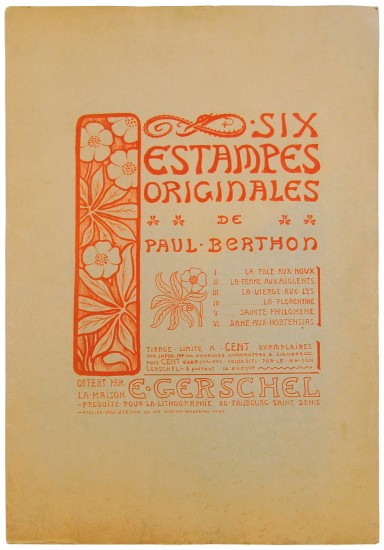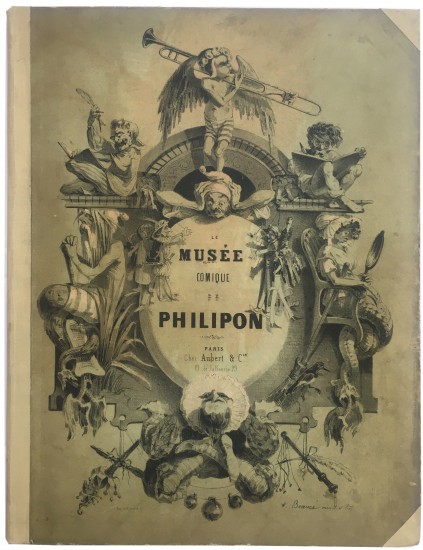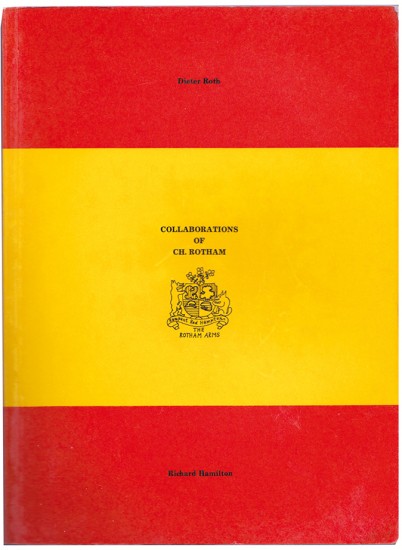Détail des Nouveaux Jardins à la Mode. Jardins Anglo-Chinois. Ier - XXIème Cahier
Le Rouge, (George Louis)
Paris. Chez le Rouge. 1776–1787
Sold
A complete copy of Le Rouge's expansive and virtually unobtainable publication on gardens in the Anglo-Chinese manner, uncut and retaining all deckle edges.
The most impressive illustrated record of garden design produced during the 18th century, Le Rouge's publication is the fullest collection of engraved views of gardens in the prevailing Anglo-Chinese manner and also of contemporary gardens in other traditions; the range extends chronologically from George Loudon's early 18th century layout at Wanstead (well illustrated on six plates) to the Jardin de Monceau and Ermenonville. The plates comprise a great number of plans for gardens as a whole and for individual parterres, woodlands and labyrinths, also designs for pavilions, temples, kiosks, dairies and similar garden buildings in classical, Gothic and Chinese styles.There are additional illustrations of balustrades and trillage, bridges, menageries, aviaries, theatres and amphitheatres, grottoes, hermitages, greenhouses, cascades, fountains and statuary.
There is extensive coverage of the major gardens and a host of minor gardens in England, France and Germany.Among English gardens Stowe and Kew are dominant, alongside less expected ones like Blair Atholl and Buckingham House ( the garden of the future Buckingham Palace.)French gardens given prominence include those of the Chateau at Roissy, M. de Saint-James's garden at Neuilly, many gardens in and around Paris, Marly, the Trianon, and so on.A complete cahier is devoted to the Désert de Retz, a charming collection of landscaped ruins conceived by its dilettante owner the Chevalier de Monville.
Germany is well represented by Pigage's Schwetzingen in its formal French style before the later picturesque additions, and by the garden of the episcopal palace of Werzburg, shown on six very fine plates after drawings by its designer, the court gardener J. P. Mayer.The Bagno at Steinfort, the Count von Bentheim's residence near Munster, gets the widest coverage of any European garden, taking up almost the whole of three cahiers in 54 plates.
From the point of view of garden theory the most interesting parts of the work are cahiers IV and V.Cahier IV copies, in a different format and without acknowledgement, almost the whole of the illustrations of Overton's 'Temple Builder's Most Useful Companion' (published in 1766), and Wrighte's 'Grotesque Architecture' (published in 1767), both collections of designs for garden buildings intended for an English readership and now transformed for continental use. Cahier V comprises an edition in French of both text and plates of Chambers's Designs of Chinese Buildings, the the only instance of the use of a printed- as opposed to engraved - text in the entire 21 cahiers and emphasising Chambers' importance as the interpreter of Chinese buildings and gardens to Western taste. Cahier V, present here, is almost always lacking from otherwise complete sets of Le Rouge as it was available separately, was issued in a different format and with its own title-page.
The crowning feature of the Le Rouge compilation is a series of 97 plates, making up the four cahiers XIV, XV, XVI and XVII, which show the gardens and palaces of the Emperor of China.The original drawings for them were made in China after paintings on silk, at the instigation of the Swedish ambassador, and entrusted to the Marquis de Biencourt to be engraved in Paris. They go far beyond Chambers in their accurate depiction of the palaces and their surroundings, and they give the first really coherent picture of Chinese landscaped gardens with their pavilions, artificial mounds, numerous pavilions, zig-zag steps, streams with waterfalls and bridges, pines and ornamental trees and groups of stones. They comprise delicate landscape views, perspective views and that mode of plans in which the effect is conveyed by laid down front views. If they lack the novelty and something of the grandeur of the engravings done for Father Ripa they also provide a fuller coverage and the one cahier devoted to the gardens at Jehol which were the subject of the Ripa engravings also offers interesting historical comparisons, as the gardens had changed in the half century since their first illustration by Ripa.
' ... ces planches ont été jadis fort recherchées; on en trouve difficilement la suite complète.' (Brunet).
[Berlin Cat 3312 - 19 cahiers, 455 plates; Brunet III, 998].
The most impressive illustrated record of garden design produced during the 18th century, Le Rouge's publication is the fullest collection of engraved views of gardens in the prevailing Anglo-Chinese manner and also of contemporary gardens in other traditions; the range extends chronologically from George Loudon's early 18th century layout at Wanstead (well illustrated on six plates) to the Jardin de Monceau and Ermenonville. The plates comprise a great number of plans for gardens as a whole and for individual parterres, woodlands and labyrinths, also designs for pavilions, temples, kiosks, dairies and similar garden buildings in classical, Gothic and Chinese styles.There are additional illustrations of balustrades and trillage, bridges, menageries, aviaries, theatres and amphitheatres, grottoes, hermitages, greenhouses, cascades, fountains and statuary.
There is extensive coverage of the major gardens and a host of minor gardens in England, France and Germany.Among English gardens Stowe and Kew are dominant, alongside less expected ones like Blair Atholl and Buckingham House ( the garden of the future Buckingham Palace.)French gardens given prominence include those of the Chateau at Roissy, M. de Saint-James's garden at Neuilly, many gardens in and around Paris, Marly, the Trianon, and so on.A complete cahier is devoted to the Désert de Retz, a charming collection of landscaped ruins conceived by its dilettante owner the Chevalier de Monville.
Germany is well represented by Pigage's Schwetzingen in its formal French style before the later picturesque additions, and by the garden of the episcopal palace of Werzburg, shown on six very fine plates after drawings by its designer, the court gardener J. P. Mayer.The Bagno at Steinfort, the Count von Bentheim's residence near Munster, gets the widest coverage of any European garden, taking up almost the whole of three cahiers in 54 plates.
From the point of view of garden theory the most interesting parts of the work are cahiers IV and V.Cahier IV copies, in a different format and without acknowledgement, almost the whole of the illustrations of Overton's 'Temple Builder's Most Useful Companion' (published in 1766), and Wrighte's 'Grotesque Architecture' (published in 1767), both collections of designs for garden buildings intended for an English readership and now transformed for continental use. Cahier V comprises an edition in French of both text and plates of Chambers's Designs of Chinese Buildings, the the only instance of the use of a printed- as opposed to engraved - text in the entire 21 cahiers and emphasising Chambers' importance as the interpreter of Chinese buildings and gardens to Western taste. Cahier V, present here, is almost always lacking from otherwise complete sets of Le Rouge as it was available separately, was issued in a different format and with its own title-page.
The crowning feature of the Le Rouge compilation is a series of 97 plates, making up the four cahiers XIV, XV, XVI and XVII, which show the gardens and palaces of the Emperor of China.The original drawings for them were made in China after paintings on silk, at the instigation of the Swedish ambassador, and entrusted to the Marquis de Biencourt to be engraved in Paris. They go far beyond Chambers in their accurate depiction of the palaces and their surroundings, and they give the first really coherent picture of Chinese landscaped gardens with their pavilions, artificial mounds, numerous pavilions, zig-zag steps, streams with waterfalls and bridges, pines and ornamental trees and groups of stones. They comprise delicate landscape views, perspective views and that mode of plans in which the effect is conveyed by laid down front views. If they lack the novelty and something of the grandeur of the engravings done for Father Ripa they also provide a fuller coverage and the one cahier devoted to the gardens at Jehol which were the subject of the Ripa engravings also offers interesting historical comparisons, as the gardens had changed in the half century since their first illustration by Ripa.
' ... ces planches ont été jadis fort recherchées; on en trouve difficilement la suite complète.' (Brunet).
[Berlin Cat 3312 - 19 cahiers, 455 plates; Brunet III, 998].
21 parts in 3 vols. 2 vols. Oblong folio. (310 x 460 mm). + 1 vol. 4to. (280 x 230 mm). Vol. I: Cahiers I - XI (with Cahier V, issued separately - see below); vol. II: Cahiers XII - XXI. Cahiers I - IV - 109 engraved plates (including engraved index leaves).Cahier V - with printed title and text (pp. 30) and 20 engraved plates. Cahiers VI - XXI - 363 engraved plates (including engraved index leaves), together with a duplicate of plate X in cahier XIV (cahier X with 11 plates as issued). Various sheet sizes, numerous folding plates. Cahiers I, II, VIII, XIII and XVII printed on thick blue paper, occasional plates in other cahiers printed on blue paper. Occasional light spotting and toning, occasional minor tears to leaf edges and occasional minor repairs. Later marbled paper boards by Lavaux with his discreet stamp to front pastedown, contemporary (?) paper title labels with manuscript titles ('Jardins / Anglais / par / Le Rouge') to spines, cahier V in blue cloth-backed marbled boards.
#41207
